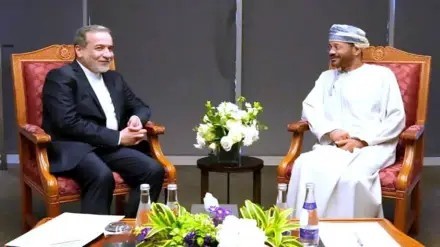US-Iran Nuclear Talks Restart Amid Mutual Interests
Why in the news?
The U.S. and Iran have resumed indirect nuclear talks in Muscat, aiming to lift U.S. sanctions in exchange for Iran limiting uranium enrichment. This unexpected negotiation comes just months into Trump’s second term, driven mainly by Iran’s urgent economic needs.
Background of the US-Iran Nuclear Talks:
- After exiting the 2015 nuclear deal during his first term, Donald Trump’s administration is back at the negotiation table with Iran just three months into his second term.
- Talks are held indirectly in Muscat between Iran’s Foreign Minister Abbas Araghchi and US Special Envoy Steve Witkoff.
- The goal: lift US sanctions on Iran in exchange for Iran limiting enriched uranium stockpile and nuclear ambitions.
- Despite historical mistrust and differing narratives, both sides agreed to continue discussions soon.
Why Iran Seeks A Deal Now ?
- Iran faces pressing economic struggles — inflation, unemployment, and the need for over $100 billion in foreign investment to stabilize growth.
- Iran’s youth, unbound by revolutionary ideology, are driving reformist pressure for global engagement.
- Iran’s “Axis of Resistance” is weakened, and regional players like Saudi Arabia now support negotiated stability.
- Extra-regional ally Russia, despite Iran’s Ukraine support, also prefers a return to a nuclear deal.
Road Ahead: Possibilities and Challenges
- Both Iran and the US want nuclear restraint and economic engagement, but conditions differ.
- Trump’s style involves setting tough terms first, then seeking compromise; Iran resists giving up missile programs and proxy support.
- Israel remains opposed to any Iranian nuclear enrichment, urging military solutions.
- A diplomatic window remains open, though success depends on isolating these talks from larger Middle East conflicts like Gaza and Syria.




